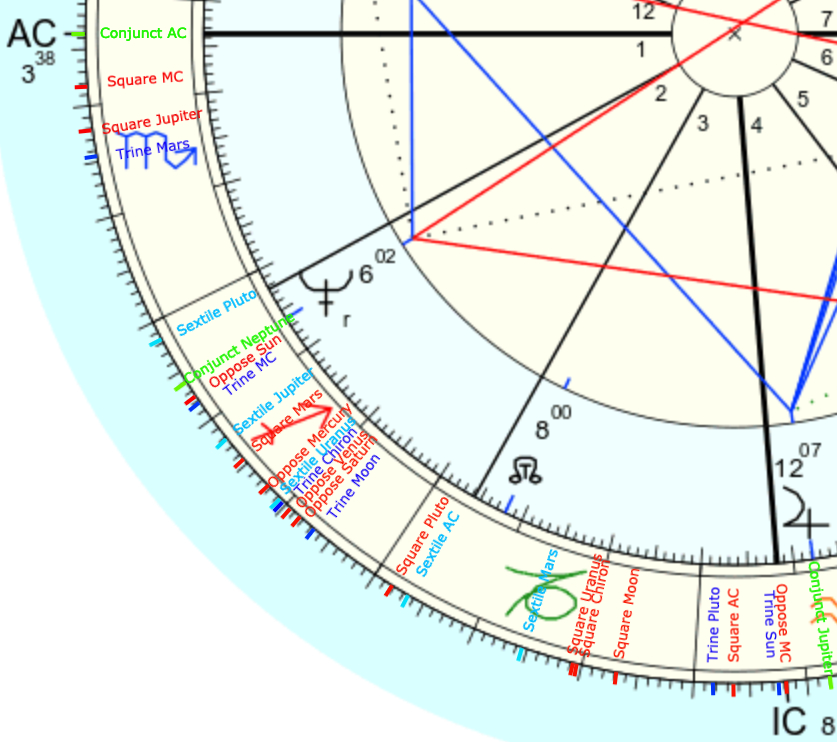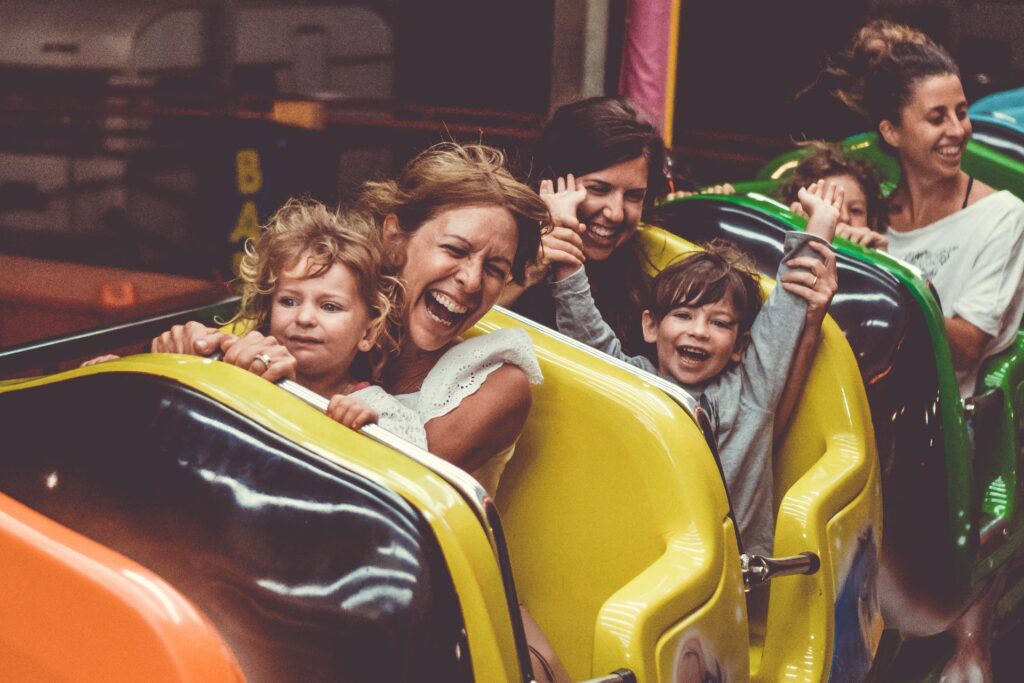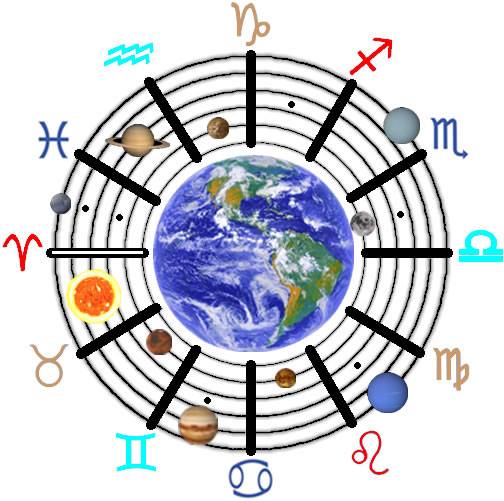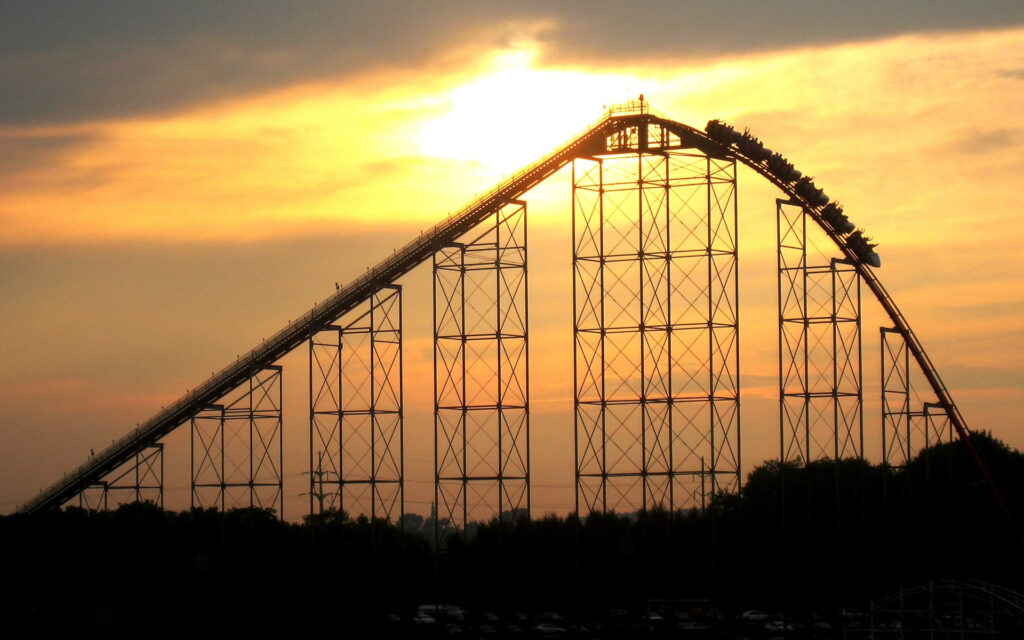Everybody loves a roller coaster ride, well, not everybody. But like it or not, life is a roller coaster ride of ups and downs and twists and turns that can leave us feeling a bit queasy at times. But there’s a lot to love about roller coasters. They can take us higher than we may have ever been (outside of a building or an airplane) and then race us downward towards the ground to give us the sensation of falling. Somehow rushing from one extreme to the other coincides with a rush of excitement. Even a Taoist dedicated to walking the middle path understands the pure joy of a roller coaster ride.
It’s no wonder this makes some people feel ill; our organs respond to gravity. Like a bag of chicken giblets, we’re all walking sacks of guts that sag with gravity. When you take away the effect of gravity, things start to rearrange themselves, and sometimes your lunch would rather sit in your lap for the rest of the ride. But who wouldn’t want to design their very own roller coaster? And how cool would it be to have your own personal roller coaster? I’m sure some spoiled child out there does have his very own roller coaster. But metaphorically speaking, so do we all.

Transits
When we’re born into this world, the sky map is unique in relation to our position on Earth. The natal chart is just a snapshot of the planets as they were in that place and time. But they continue to move in kaleidoscopic patterns that never repeat. Each planets’ course is somewhat redundant. But the combined choreography of planets is constantly evolving into something completely new, completely now. According to the snowflake principle: No two birth charts are exactly alike. This is also true for us and the events that make up our lives.
As the planets move through the zodiac, they transit eight major aspects to every planet in our natal charts. There are over a hundred major transits in each planet’s cycle, the order of which is set by our natal chart. The Sun, Moon, and every planet have their own unique timescale representing different levels of our experience. While Moon transits only last for a few hours, Sun transits can last several days, and Pluto transits can last several years. But the course that the Moon follows is comprised of the same transits in the same order that the other planets follow.

Each transit has an orb that builds, peaks, and resolves in time. This allows certain transits to blend and combine in various ways. As one transit is fading out, another is fading in, and we can feel the effects of both simultaneously. Each individual transit is like a musical interval, and when they combine, they create complex chords. It’s as though someone is slowly turning up the volume until it peaks and then slowly fading it out again. In keeping with our analogy, we might feel as though we’re climbing up to the big drop on a roller coaster. We can hear the clicking of the track building suspense; we can sense that something is about to happen.
All Aboard!

Of course, the best way to experience a rollercoaster is to ride one. My Natal chart will serve as our example for this demonstration. All aboard the roller coaster ride of my life, we’ve certainly been standing in line long enough. As we hand over our tickets and push through the turnstile, we board the coaster cars at the natural starting position: The Ascendant. The first transit on the ride, therefore, is “conjunct Ascendant.” For instance, the Moon begins the course with Moon conjunct Ascendant ( ☽ ☌ AC ). What happens next is where our track’s part, and we go our separate ways.
In the example chart, the Ascendant is 3° Scorpio. At this degree, the Moon also enters the 1st house, representing a phase that ends when it enters the next house. As the Moon is exactly conjunct the Ascendant, the next transit is already beginning to build. At 8° Scorpio, the Moon squares my Mid Heaven located at 8° Leo ( ☽ □ MC ). We can see how the two transits blend while still maintaining a chronological sequence. The next two transits are at 12° Scorpio and 14° Scorpio, where the Moon squares Jupiter ( ☽ □ ♃ ) and then quickly trines Mars ( ☽ △ ♂ ).

These first four aspects are bound together and seem to flow one into the next naturally. Not just for the Moon, which can transit the whole group in a little over 24 hours. The Sun transits the same configuration in about two weeks, Jupiter takes several months, and the outer planets take several years. It may be difficult to imagine a roller coaster in reverse, but that’s precisely how this ride operates. The Sun and Moon do not retrograde, but the other planets often do. So it’s not uncommon to have a planet transit this group and then shift into reverse, backing through the obstacle course, only to do it all over again for a third and final pass.

Mr Toad’s Wild Ride
This grouping of transits is unique to my natal chart, and you can expect to find different configurations in your natal chart. In the example, there are no planets in the 1st house and not much activity until a planet enters the 2nd house at 2° Sagittarius. Just before that, at 1° Sagittarius, the Moon sextiles Pluto located at 1° Libra ( ☽ ∗ ♇ ). This begins a technically challenging section of track with about a dozen transits tightly packed together. Any planet that transits Sagittarius opposes my natal Sun, Mercury, Venus, and Saturn in Gemini and makes several other aspects.
Transiting Sagittarius
1° Sag: sextile Pluto ( ∗ ♇ )
2° Sag: > 2nd house
6° Sag: conjunct Neptune ( ☌ ♆ )
7° Sag: oppose Sun ( ☍ ☉ )
8° Sag: trine MC ( △ MC )
12° Sag: sextile Jupiter ( ∗ ♃ )
14° Sag: square Mars ( □ ♂ )
17° Sag: oppose Mercury ( ☍ ☿ )
19° Sag: sextile Uranus ( ∗ ♅ ) , trine Chiron (not shown)
20° Sag: oppose Venus ( ☍ ♀ )
21° Sag: oppose Saturn ( ☍ ♄ )
23° Sag: trine Moon ( △ ☽ )

From 3° Scorpio to 23° Sagittarius is only 50°, out of our 360° course. And yet, we’ve already aspected every planet in my natal chart from a variety of angles. This section only represents about 10% of the transits that each planet makes in a cycle. So, we won’t follow the entire course all the way around. Instead, let’s see how a planet like Jupiter follows the same stretch of track. Jupiter entered Scorpio in late 2018, building to a conjunction with my Ascendant at 3° Scorpio ( ♃ ☌ AC ). By early 2019, Jupiter had swept through the first four transits in Scorpio. But before moving on to Sagittarius, it stationed retrograde that July.

We can see how Jupiter’s trine to Mars (♃ △ ♂) was brought back to a peak in the summer, but the Jupiter square Jupiter transit (♃ □ ♃) was just short of peaking a second time. We can also see how much longer transits last when a planet slows down nearing its’ retrograde. This can make a pleasant experience better or a stressful experience more intense. As Jupiter moved forward again, it finally separated from this group and moved on towards Sagittarius. Here we can see Jupiter navigating this tricky section, making the dozen or so transits in about four or five months before stationing retrograde.
If Jupiter seems to move slowly through each sign, it’s still relatively quick compared to the outer planets. Pluto took about 15 years to transit Sagittarius, which was a difficult period for this example chart. Neptune began the ride at 6° Sagittarius and opposed my Sun shortly after I was born ( ♆ ☍ ☉ ). If we live to be about 84 years old, we’ll experience one complete Uranus cycle, and thus every Uranus transit. But that would only take us about halfway through a Neptune cycle. So there are many transits that we will never experience in this lifetime. We only have a small fraction of possible Pluto transits, which is probably for the best.
Emotional Rollercoaster
But we will experience every Moon transit every 28 days with amazing consistency. The moods that we feel today will come back around in about four weeks. The transits that blend thoroughly on our course will always be activated together. As far as we know, they’re all one complicated emotion that everyone goes through. But in fact, we all have our unique cocktails of emotions that no one will experience the way we do.

Each planet recreates these recipes, all affecting different areas of life. Mars is the planet of action, where the rubber meets the road. When Mars transits these tricky sections of track, a great deal of activity takes place.
Every time a baby is born, a new roller coaster is set in motion. Just like a new ride at a roller coaster park, it’s really all the same features arranged in a slightly different order. Every decent roller coaster has a loop at some point. But where, when, and how far from the turn? There might be two or three loops in a row or a corkscrew section. Sometimes all it takes to put a new twist on an old design is to literally add a new twist here and there. We may not be paying close attention to the track, but we’re all feeling the thrill of the ride. Are you ready to get off now?
If roller coasters make you feel queasy, please disregard the above analogy. And Click Here to learn more about Transits.

